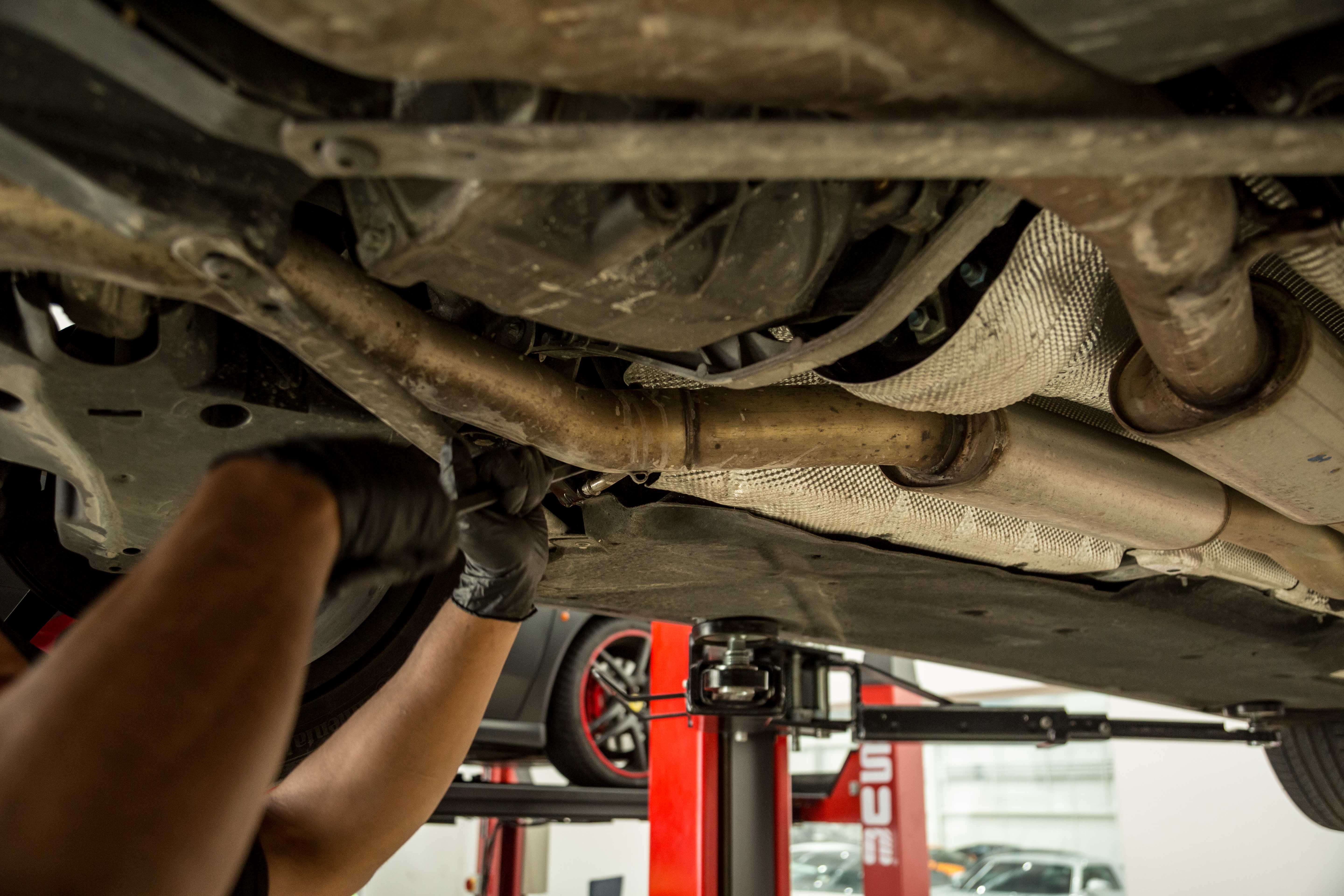How to Handle an Accident Claim with Your Car Insurance

How to Handle an Accident Claim with Your Car Insurance is a crucial skill for every driver. Navigating the complexities of insurance claims after a car accident can be daunting, but understanding the process can significantly ease stress and ensure a fair settlement. This guide provides a comprehensive walkthrough, from the immediate aftermath of an accident to negotiating a final settlement, empowering you to confidently handle your claim and protect your rights.
We’ll cover essential steps such as documenting the accident scene thoroughly, reporting the incident promptly to your insurer, gathering crucial evidence, and effectively communicating with insurance adjusters. Understanding your insurance policy’s coverage is also vital, as is knowing when to seek legal counsel. We will explore various scenarios and provide practical advice to help you navigate each stage of the claims process successfully.
Table of Contents
ToggleImmediate Actions After a Car Accident
Taking swift and decisive action immediately following a car accident is crucial for your safety, the safety of others, and the successful processing of your insurance claim. Proper documentation and information gathering at the scene significantly increase the likelihood of a smooth and fair settlement.
Contacting Emergency Services and Securing the Scene
If anyone is injured, call emergency services immediately. Prioritize the safety and well-being of all involved parties. Once emergency responders arrive, follow their instructions carefully. If possible, move your vehicle to a safe location away from traffic, to prevent further accidents.
Documenting the Accident Scene
Thorough documentation of the accident scene is paramount. Use your smartphone or camera to take multiple photographs of the vehicles involved, focusing on damage to all sides and any visible impact points. Also, capture images of the surrounding environment, including traffic signs, road markings, and any visible skid marks. Note the lighting conditions and weather. Write detailed descriptions to supplement your photos, detailing the positions of vehicles and any significant features of the scene.
- Names and contact information of all involved drivers and passengers.
- License plate numbers of all vehicles involved.
- Insurance company names and policy numbers of all involved drivers.
- Location of the accident, including street addresses, intersections, or landmarks.
- Date and time of the accident.
Exchanging Information with Other Involved Parties
Exchanging information with other involved parties is a critical step. Remain calm and polite during this process. Ensure you obtain accurate information from all involved parties.
- Obtain the driver’s license and insurance information from each driver involved.
- Note down the make, model, and year of each vehicle.
- Record contact details (phone numbers, email addresses) of all drivers and passengers.
- If there are witnesses, obtain their names and contact information as well.
- Document any statements made by other drivers or witnesses.
Reporting the Accident to Your Insurance Company
Promptly reporting the accident to your insurance company is essential for a smooth claims process. Delaying the report can lead to complications and potential delays in processing your claim.
The Reporting Process
Contact your insurance company as soon as possible, ideally within 24 hours of the accident. Provide them with the information you gathered at the scene, including the date, time, location, and details of the involved parties. Be accurate and thorough in your report.
Importance of Accurate and Timely Reporting
Accurate and timely reporting helps your insurance company begin the claims process immediately. Providing all relevant information upfront prevents delays caused by later requests for information. This can significantly reduce stress and expedite the settlement of your claim.
Effective Communication with Your Insurance Adjuster
Your insurance adjuster will be your main point of contact throughout the claims process. Maintain open and honest communication, responding promptly to their requests for information and clarifying any questions they may have. Keep detailed records of all communication.
Gathering Evidence for Your Claim

Source: bjak.my
Strong evidence is crucial to support your claim. This includes various documents and information that verify the details of the accident and the resulting damages.
Types of Evidence and How to Obtain Them
| Evidence Type | How to Obtain | Importance to Claim | Example |
|---|---|---|---|
| Police Report | Request a copy from the police department | Provides an official record of the accident | A report detailing the accident circumstances, witness statements, and police assessment of fault. |
| Witness Statements | Contact witnesses and obtain written statements | Supports your account of the events | A written statement from a witness describing what they saw. |
| Medical Records | Obtain copies from your doctor or healthcare provider | Documents injuries sustained in the accident | Medical bills, doctor’s notes, and diagnostic test results. |
| Photographs and Videos | Taken at the accident scene | Visual evidence of the damage and scene | Pictures showing damage to vehicles, road conditions, and the position of vehicles. |
Maintaining Accurate Records
Maintain a detailed record of all communication, including dates, times, and summaries of conversations with your insurance company, adjusters, and other involved parties. This documentation is essential in case of discrepancies or disputes.
Understanding Your Insurance Policy
Your car insurance policy Artikels the coverage you have in case of an accident. Understanding your policy’s terms and conditions is crucial for a successful claim.
Coverage Provided
Collision coverage pays for damage to your vehicle regardless of fault. Comprehensive coverage protects against damage from non-collision events (e.g., theft, vandalism, natural disasters). Liability coverage protects you against financial responsibility for injuries or damages to others.
Filing a Claim
Follow the instructions Artikeld in your policy to file a claim. You’ll typically need to provide information about the accident, details of your vehicle, and any supporting documentation.
Types of Car Insurance Policies
- Liability-only: Covers damages to others but not your own vehicle.
- Collision and Comprehensive: Covers damages to your vehicle and others.
- Uninsured/Underinsured Motorist: Covers damages if hit by an uninsured driver.
- Med-Pay: Covers medical expenses regardless of fault.
Dealing with Insurance Adjusters
Insurance adjusters investigate claims and determine the amount of compensation. Effective communication is key to a fair settlement.
Role of an Insurance Adjuster
Adjusters gather information, assess damages, and determine liability. They work for the insurance company and aim to settle claims fairly and efficiently within the policy’s terms.
Strategies for Effective Communication
Be clear, concise, and provide all necessary information promptly. Keep records of all communication and document any discrepancies.
Common Challenges and Solutions
Common challenges include disagreements over liability, the value of damages, and the adequacy of compensation. Document everything, seek legal counsel if needed, and maintain open communication.
Negotiating a Settlement
Negotiating a settlement involves reaching an agreement with your insurance company on the amount of compensation.
Negotiation Process and Factors to Consider

Source: gvelondon.com
Consider factors such as vehicle repair costs, medical expenses, lost wages, and pain and suffering. Present a well-documented case and be prepared to negotiate.
Strategies for a Fair Settlement, How to Handle an Accident Claim with Your Car Insurance
Present evidence supporting your claims, remain calm and professional, and be willing to compromise while advocating for your rights.
Calculating Total Damages
| Damage Type | Cost |
|---|---|
| Vehicle Repair | $5,000 |
| Medical Bills | $2,000 |
| Lost Wages | $1,000 |
| Total Damages | $8,000 |
Legal Considerations
Legal counsel may be necessary in complex cases or if you are facing significant challenges in negotiating a settlement.
Situations Requiring Legal Counsel
Consider legal counsel if liability is disputed, injuries are severe, or the insurance company is uncooperative.
Hiring a Lawyer
Consult with a personal injury lawyer experienced in handling car accident claims. They can advise you on your rights and represent you in negotiations or court.
Implications of Not Seeking Legal Advice
Not seeking legal advice when needed can lead to an unfair settlement or loss of potential compensation.
Illustrative Example: A Rear-End Collision
Imagine you were stopped at a red light when another car rear-ended your vehicle. You immediately checked for injuries (none), called emergency services (not needed), and documented the scene with photos showing the damage to both vehicles and the position of cars. You exchanged information with the other driver, and immediately reported the accident to your insurance company. Your insurance adjuster contacted you, and you provided all necessary documentation, including police report, repair estimates, and photos.
You negotiated a settlement that covered all repair costs, and the process was relatively smooth.
Ultimate Conclusion
Successfully navigating a car accident claim requires proactive steps, clear communication, and a thorough understanding of your insurance policy. By following the steps Artikeld in this guide—from documenting the accident scene to negotiating a fair settlement—you can significantly increase your chances of a positive outcome. Remember, accurate record-keeping and effective communication are key to a smooth and successful claims process.
Don’t hesitate to seek professional legal advice if you encounter significant challenges or feel overwhelmed by the process.
Query Resolution: How To Handle An Accident Claim With Your Car Insurance
What should I do if I’m injured in the accident?
Prioritize your safety. Seek immediate medical attention. Inform emergency services and your insurance company of your injuries. Document all medical treatments and expenses.
What if the other driver doesn’t have insurance?
Contact your own insurance company immediately. Your uninsured/underinsured motorist coverage may cover your losses. You may also need to explore legal options to recover damages.
How long does the claims process typically take?
The timeframe varies depending on the complexity of the claim and the insurance company. It can range from a few weeks to several months.
Can I repair my car before the insurance adjuster inspects it?
It’s generally recommended to wait for the adjuster’s inspection before making any repairs. Otherwise, you may have difficulty getting the full cost of repairs covered.
What if I disagree with the insurance company’s settlement offer?
You have the right to negotiate. Gather all supporting evidence and consider seeking legal advice before accepting an offer you believe is unfair.